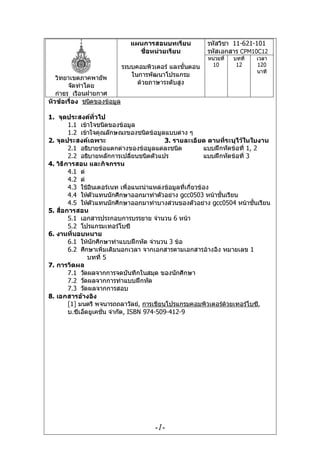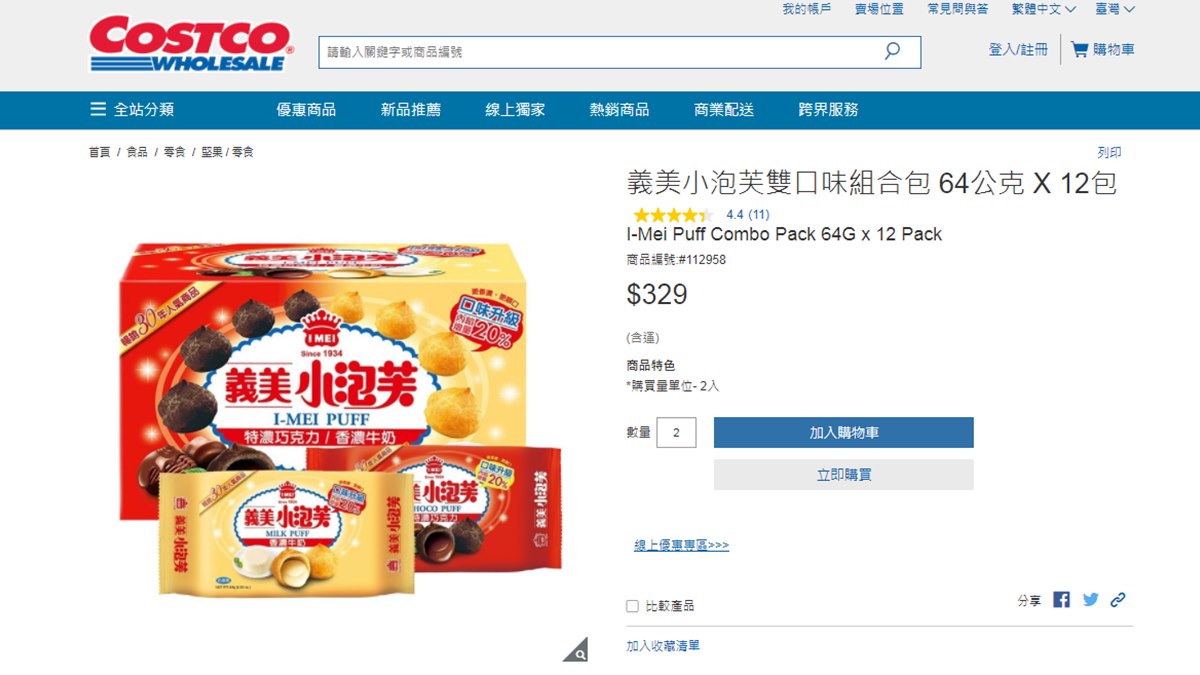The phrase "白 袜 美女" (pronounced "Hakui no Reijin" in Japanese, or "Bái Páo Měinǚ" in Mandarin) translates to "White Robe Beauty." It evokes an image of elegance and grace, perhaps a figure from ancient lore or a character in a classic painting. But beyond its aesthetic and cultural resonance, this seemingly simple string of characters holds a deeper story – a story about how our digital world handles the vast diversity of human languages and symbols. For "White Robe Beauty" to appear correctly on your screen, a complex, yet elegant, system of character encoding must be at work behind the scenes.
In a world increasingly connected, where information flows across borders and languages, the ability to accurately display and process text from any script is paramount. This article will take you on a journey into the fascinating realm of character encoding, using "白 袜 美女" as our guiding example. We'll explore the challenges faced before a universal standard emerged, how that standard works, and why understanding it is crucial for a truly global and visually rich internet.
The Hidden Challenges of Global Text
Before the digital age truly embraced global communication, computers were largely designed with English-speaking users in mind. This meant that early character sets, like ASCII (American Standard Code for Information Interchange), were sufficient for representing the English alphabet, numbers, and basic symbols. However, the world speaks thousands of languages, many of which use characters far beyond the Latin alphabet, or even Latin characters with special marks.
More Than Just English Letters
Consider languages like French, German, or Spanish, which use accented letters such as é, è, ñ, ü, ê, ç, å, æ, or œ. These characters, while still part of the Latin script, already posed a challenge for simple ASCII. Then there are entirely different scripts like Japanese (which uses Kanji, Hiragana, and Katakana), Chinese, Korean, Arabic, Cyrillic, Greek, and many more. Each character in these languages requires a unique digital representation, a specific "code" that the computer can understand and display.
What Happens When Things Go Wrong?
When a computer system or a webpage doesn't correctly interpret the character codes, you end up with what's commonly known as "mojibake" – garbled, unreadable text. You might have seen this before: instead of a beautiful phrase like "白 袜 美女", you get a jumble of seemingly random symbols. This happens when the encoding used to save the text doesn't match the encoding used to read or display it. The provided "Data Kalimat" highlights this issue with an example: "以下の文章が読めず困っています 文字コードを変換してみたりもしましたが上手くいきませんでした どなたか解読していただけませんでしょうか @ƒ_ƒEƒンƒ [ƒh‚¢‚½‚¾‚キ‚." This Japanese sentence, when displayed with the wrong encoding, turns into incomprehensible symbols like `@ƒ_ƒEƒンƒ [ƒh‚¢‚½‚¾‚キ‚.`, a classic sign of an encoding problem.
The "Data Kalimat" also mentions an "Encoding Problem Chart that aids in debugging common UTF-8 character encoding problems," and "3 typical problem scenarios." One such scenario might involve a character like 'è' (e-Grave, U+00E8). In UTF-8, this character consists of two bytes (0xC3 and 0xA8). If these bytes are mistakenly treated as single characters under an older encoding like ISO-8859-1 or Windows-1252, they would display as two completely different, incorrect characters, instead of the single 'è' you intended to see. This demonstrates the critical need for a unified and robust encoding standard.
Unicode: The Universal Language of Text
The solution to this international text chaos arrived with Unicode. Born from the necessity to represent every character from every language, Unicode assigns a unique number, called a "code point," to every character. This means that whether it's a letter from the Latin alphabet, a Kanji character from Japanese, an emoji, a musical note, or a scientific symbol, each has its own distinct identity within the Unicode standard. The "Data Kalimat" states, "Use this Unicode table to type characters used in any of the languages of the world. In addition, you can type emoji, arrows, musical notes, currency symbols, game pieces, scientific," underscoring Unicode's comprehensive nature.
The Birth of a Standard
Unicode is not just about characters; it's about a universal mapping. The "Unicode BMP" (Basic Multilingual Plane) mentioned in the data, with its ranges like "basic latin," "latin extended-A," and "IPA spacing modifier," illustrates the organized way Unicode categorizes and assigns these code points. This systematic approach allows developers to "Quickly explore any character in a unicode string" and ensures that if a character is supported, it has a consistent identifier across all systems.
UTF-8: The Web's Backbone
While Unicode provides the unique number for each character, UTF-8 (Unicode Transformation Format - 8-bit) is the most popular way to *encode* those numbers into sequences of bytes that computers can store and transmit. UTF-8 is particularly clever because it's variable-width: common ASCII characters (like those in English) use just one byte, making it efficient and backward-compatible with older systems. Characters from other languages, like "白 袜 美女", use more bytes (two, three, or four) to represent their unique Unicode code points.
The "Data Kalimat" points to a crucial aspect of web development: "But putting <meta http-equiv="Content-Type" Content="text/html; charset=utf-8"> and keeping that string into an HTML file, I was able." This HTML meta tag is the standard way to tell a web browser that the content of the page is encoded in UTF-8. Without this declaration, a browser might guess the encoding incorrectly, leading to mojibake.
Diving Deeper into Character Representation
Beyond the core concepts of Unicode and UTF-8, there are several ways characters are represented and handled in digital environments, especially on the web.
Code Points, Escape Sequences, and HTML Entities
Every character in Unicode has a "code point," often written as U+ followed by a hexadecimal number (e.g., U+00E8 for 'è'). When working with web development or programming, you might encounter different ways to refer to these characters:
- Unicode Escape Sequences: Often seen in programming languages, these use a backslash and 'u' followed by the code point, like `\u00E8` for 'è'. The "Data Kalimat" shows `\u0009` for horizontal tab (U+0009).
- HTML Numeric Code: These are decimal or hexadecimal representations within HTML, like ` ` for a horizontal tab or `è` for 'è'.
- HTML Named Code: For a subset of common characters, HTML provides more readable "named entities" like `Ç` for 'Ç' (Latin capital letter C with cedilla, U+00C7), or `È` for 'È' (Latin capital letter E with grave, U+00C8). The data explicitly lists examples like `Ç: Ã latin capital letter c with cedilla: u+00c8: È: Ã latin capital letter e with grave: u+00c9: É: Ã latin capital letter e with acute: u+00ca: Ê: Ã latin capital letter e with circumflex: u+00cb: Ë: Ã.`, demonstrating these named entities and their corresponding Unicode points.
These methods ensure that even if a character cannot be directly typed or is problematic in a specific file encoding, it can still be explicitly represented and rendered correctly by a browser.
The Nuances of Latin Characters and Beyond
Even for seemingly simple tasks, like typing accented Latin characters on an English keyboard, the underlying system relies on Unicode. The "Data Kalimat" mentions: "Problem: You’re on an English keyboard on a Mac, and you need to type letters with accents, like é, è, ñ, ü, ê or other special characters, like ç, å, æ, or œ. Solution: Hold." This refers to input methods that leverage Unicode's vast character set to allow users to produce these characters easily.
While UTF-8 is dominant today, older encodings like "ISO-8859-1 (ISO Latin 1)" were once common. These encodings had limited character sets, which is precisely why Unicode became necessary. Unicode's strength lies in its ability to encompass not just common text, but also a myriad of symbols. The "Data Kalimat" refers to "specific character ranges for Unicode symbols," and notes that this is "one of the things to look for when evaluating the coverage of a particular font." This highlights that even with proper encoding, the characters must be *supported by the font* being used for them to display correctly. If a font doesn't have the glyph for a specific character, you might see a "box" or a question mark instead, even if the encoding is correct. This is a common issue, especially with less common symbols or older fonts.
'白 袜 美女' in the Digital Age
Bringing it all back to our "White Robe Beauty," the seamless display of "白 袜 美女" on your screen is a quiet triumph of modern computing. For these characters to be rendered perfectly, several conditions must be met:
- The source file (e.g., an HTML document, a text file) must be saved with UTF-8 encoding.
- If it's a web page, the HTML document must explicitly declare `charset=utf-8` in its `` tags.
- The operating system and the browser or application being used must correctly interpret the UTF-8 bytes.
- Finally, a font must be available on your system (or delivered via the web page) that contains the glyphs (visual representations) for these specific CJK (Chinese, Japanese, Korean) characters.
Only when all these pieces align does the digital representation of "白 袜 美女" truly unveil its beauty, allowing you to appreciate its meaning without the disruption of garbled text.
Conclusion
The journey from a simple phrase like "白 袜 美女" to its flawless display on a digital screen is a testament to the sophisticated world of character encoding. What might seem like a minor technical detail is, in fact, the bedrock of global digital communication. Unicode and UTF-8 have revolutionized how we interact with text from diverse languages, ensuring that the rich tapestry of human expression, from ancient scripts to modern emojis, can be shared and understood across the digital divide.
The next time you encounter a character from a different language, or even an accented letter, take a moment to appreciate the intricate systems working tirelessly behind the scenes. The seemingly simple act of displaying "白 袜 美女" correctly is a powerful reminder of how complex, yet elegant, technological standards make our interconnected digital world accessible, beautiful, and truly universal.
Related Resources:



Detail Author:
- Name : Miss Berniece Ziemann IV
- Username : angeline.schroeder
- Email : wolff.frederick@becker.com
- Birthdate : 1980-12-20
- Address : 53471 Destiny Causeway Apt. 214 Ceasarmouth, CA 58198
- Phone : (310) 364-9393
- Company : Stracke Ltd
- Job : Web Developer
- Bio : Ab non exercitationem odit cumque. Quasi dolorem natus deserunt autem. Possimus voluptatem in reiciendis cupiditate. Delectus voluptatem et saepe et vitae rerum neque consequuntur.
Socials
linkedin:
- url : https://linkedin.com/in/legros2004
- username : legros2004
- bio : Quia excepturi porro non praesentium.
- followers : 6373
- following : 546
twitter:
- url : https://twitter.com/citlalli1660
- username : citlalli1660
- bio : At modi et qui rerum incidunt eos qui. Totam autem vitae cum. Dolores occaecati ipsam vel ut maxime voluptas aut. Omnis minima doloribus modi ut.
- followers : 2436
- following : 322
instagram:
- url : https://instagram.com/citlallilegros
- username : citlallilegros
- bio : Architecto ad atque molestiae corporis et labore. In minima architecto qui sunt vel dolorem.
- followers : 821
- following : 1826
facebook:
- url : https://facebook.com/citlalli_legros
- username : citlalli_legros
- bio : Voluptas distinctio repellat provident saepe totam praesentium aut.
- followers : 1531
- following : 909
tiktok:
- url : https://tiktok.com/@clegros
- username : clegros
- bio : Tempora voluptas ipsa ut quasi.
- followers : 2603
- following : 1500